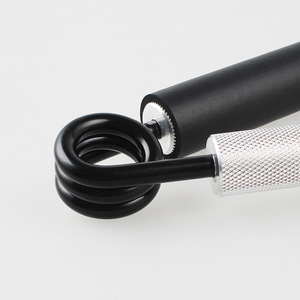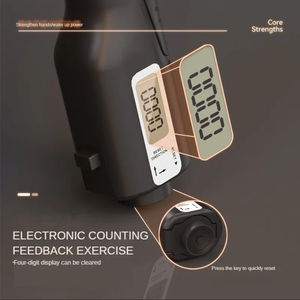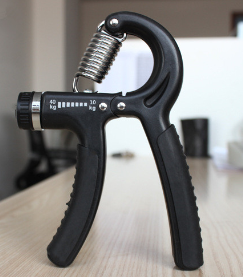Todas as categorias
Seleções em destaque
Proteções para pedidos
Central dos Compradores
Começar
Serviços comerciais
Atendimento
Baixe o aplicativo
Baixe o aplicativo do Alibaba.com
Descubra produtos, fale com fornecedores, gerencie pedidos, e efetue pagamentos com o aplicativo do Alibaba.com, a qualquer hora e lugar.
Saiba mais






































































































































































































































































 浙公网安备 33010002000092号
浙公网安备 33010002000092号 浙B2-20120091-4
浙B2-20120091-4